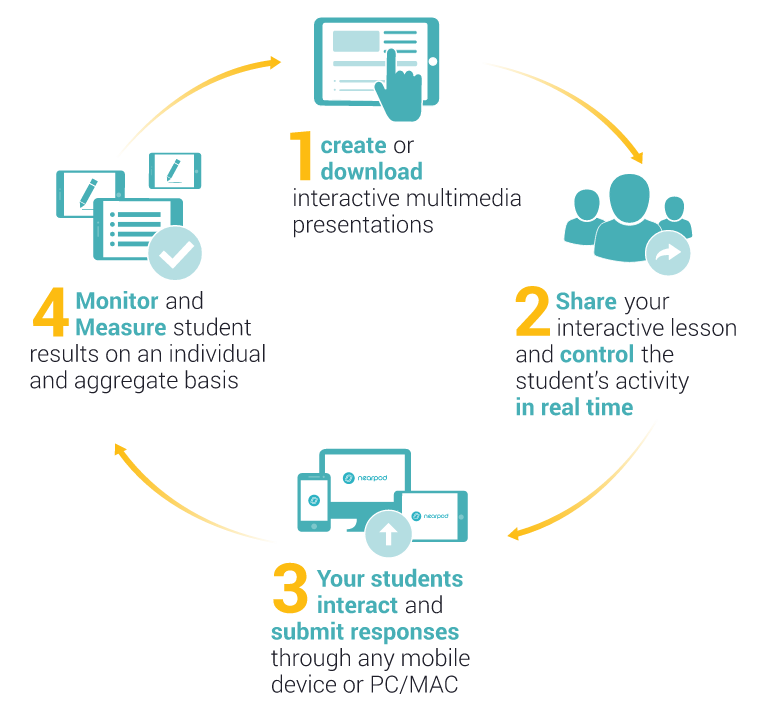Class participation tools can facilitate student engagement with each other, the subject content and the lecturer. They enable students to interact in large lectures by answering questions, leading to an improved understanding of the content. Class participation tools also gives the student a voice and an opportunity to share their opinions and contribute to the session – ideal for those quieter students who are not often heard in large teaching spaces (many tools enable anonymised responses).
Class participation tools can also be used to get feedback on your own teaching, for example the session you have just delivered. They could be used for mid-modules evaluations. In this blog post, we will look at five class participation tools being used at York St John University. Each have their pros and cons, so it’s important that you select the right tool for the job.
Textwall
A Textwall is a simple tool that learners can send messages to via sms, email or an online web form. It’s a great tool for stimulating participation in large lectures, gathering student feedback and getting an impression of a student’s knowledge or opinions.
A Textwall allows you to set a question that learners can respond to. For instance you could use it as a backchannel that students post questions to about the lecture you’re delivering. At regular points in the lecture, you can refer to Textwall and clarify any information the students are asking about.
Each Textwall has unique code (the Technology Enhanced Learning team’s Textwall code is TEL) – this ensures that messages posted get displayed on the correct walls. When responding to the wall, participants must start their message with the unique code.
As well as receiving SMS, email and web messages you can configure the Textwall to pull in tweets based on particular hashtag. All messages posted to the wall will appear in real time.
Appropriate use: Excellent as a back channel in lectures or for gathering student feedback on a session/module.
Limitation: Occasionally, you will get a student who sends a spam responses or jokes to the Textwall. You are also limited to asking one question at a time.
If you’re interested in using a Textwall in your lecture, contact the TEL team (tel@yorksj.ac.uk).
Socrative
Socrative is a student response system/quiz engine that runs on multiple devices; smartphones, tablets and laptops. It’s a great tool for encouraging student participation in lectures and for the moment of need formative assessment opportunities. Socrative enables tutors to deploy real time quizzes and questions in lecture theatres and classrooms. Tutors are able to create multiple choice, true/false and short open-ended questions. Once a quiz is complete the tutor can access and export a report of the results. The video below explains how Socrative works:
Appropriate use: Excellent for those moment of need formative assessment opportunities and it’s FREE!!
Limitation: Requires students to download an app to respond to questions.
Socrative is a free tool – to get started download the easy-to-follow user guide from the Socrative website.
Nearpod
Nearpod is an application that enables tutors to create interactive teaching resources that can be accessed by students on laptops and mobile devices (iOS and Android). Tutors can monitor and measure students’ responses to interactions such as quizzes and polls that are part of the resource. It enables tutors to share content with their students and manage the flow of the lecture.
This diagram provides a step-by-step visual on how Nearpod works:
 The video below provides a basic introduction to Nearpod:
The video below provides a basic introduction to Nearpod:
Evidence suggests that students are mentally active for only a short time during a lecture, using NearPod can keep students engaged and enhance the effectiveness of the lecture.
Appropriate use: Great, if you want your students to follow and interact with the lecture content on their own device.
Limitation: Not all students will have access to a mobile/tablet device.
Poll Everywhere
Poll Everywhere allows you to collect instance audience feedback. Participants can respond to questions by texting, using a custom URL or via Twitter. Polls can be embedded directly into PowerPoint presentations displaying live results to participants as they answer. Tutors can present different question types including multiple choice and open-ended questions.
Watch the video below for a introduction to Poll Everywhere.
Appropriate use: Excellent for those moment of need formative assessment opportunities.
Limitation: Limited to 50 users on the free account.
Padlet
Padlet is like an online noticeboard where participants can express their own thoughts and views by adding a note (think of it as online post-it notes). Accessed through a unique link, students can add content (images, videos, links, text) anywhere on the screen, from any device. Like a Textwall, Padlet could be used as a backchannel in lectures for students to post questions about the lecture you are delivering. Alternatively, you could use it for a brainstorming exercise.

Padlet is also a great collaboration tool. With Padlet learning from within a session could easily be extended to outside the classroom.
Appropriate use: Enables and facilitates collaborative group work within lectures.
Limitation: Students often find it difficult to use on a mobile device on a small screen.
How do you stimulate engagement and participation in lectures? How do you capture discussion or gauge opinion in the classroom? Is there another tool that we haven’t mentioned? Let us know in the comments section below.
Daniel
References
3 responses on "Improve student interaction and engagement with participant response tools"
Leave a Message
You must be logged in to post a comment.


I have used both Textwall and Socrative for mid-module evaluation, and personally prefer Socrative as I find it slightly easier to use. The great advantage is that you can show the (anonymous) feedback on screen to discuss in class, and it’s already typed up to keep as a record and formulate your response. I suppose one drawback could be if a student write something personal or offensive, but if you monitor the incoming responses on an iPad etc, you could choose not to display them.
I’m a fan of Todaysmeet which is similar to Textwall. I use it as a backchannel for questions from students. Posts are anonymous, though you are asked for a nickname and I remind them to keep it clean. Even so, you do get some inappropriate comments, but if it went too far I would remind students of the AUP. I also use Mentimeter for voting as there’s no limit on numbers and no apps to download. Students seem to enjoy engaging in this way.
Hi Ginny
Thanks for your comment – I first heard about TodaysMeet in about 2012 when we were lucky enough to have Russell Stannard (@russell1955) visit YSJ and give a session on ‘Using Technology to Provide Student Feedback’. He mentioned TodaysMeet, along with another tool called Tricider, which is a social voting and brainstorming tool.
We’ll have to take a look at Metimeter, thanks for the recommendation!
Phil